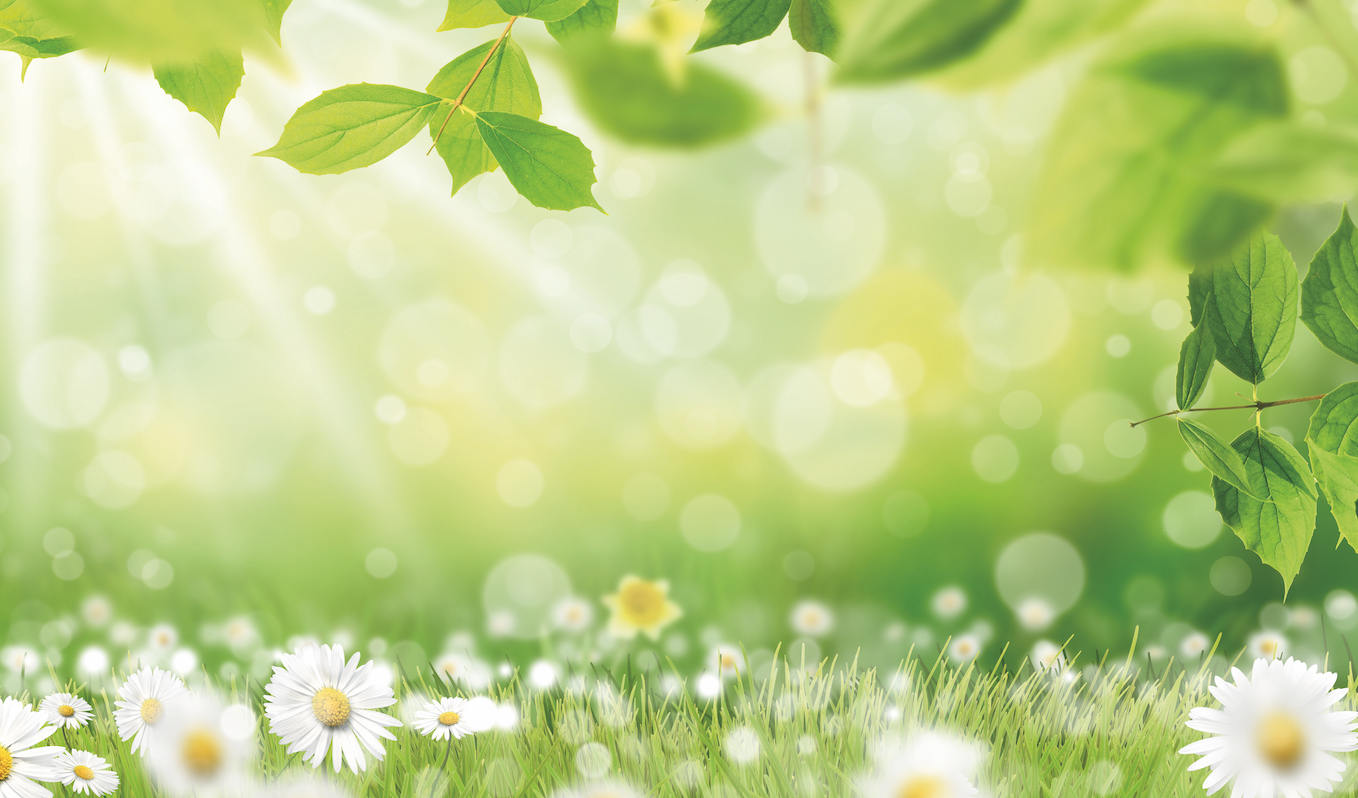
Spring has officially sprung and with it, people with asthma and allergies are exposed to a whole new range of triggers. We’ve put together some top tips to keep your asthma and allergies at bay this spring.
Pollen is a very fine powder produced by trees, flowers, grasses, and weeds to fertilise other plants of the same species. During the months of September to February, pollen is out in force – this happens to be the time when we spend the most time outside enjoying the warmer weather.
Pollen is difficult to avoid; however, you can avoid going outside when pollen counts in the air are high,including in the morning, or on windy days. Also, consider getting someone else to mow your lawns or do your gardening!
Smoke is a common asthma trigger so try and avoid standing next to the BBQ or outdoor fires as the party season kicks off. Pollution particles from smoke are small enough to get right into your lungs and can quickly irritate airways and trigger asthma symptoms.
Cleaning products that contain strong chemicals or fragrances can trigger allergic or asthmatic reactions. Other products such as sunscreens and insect repellent can have a similar affect – these start to be used more in spring and summer as the weather warms up. When shopping, look out for allergy-friendly and fragrance-free cleaning products – these products are safer for those with allergies, asthma, or a chemical sensitivity.
Using your inhalers or other medications is one of the most important things you can do. You can limit your exposure to allergens and triggers, but you should always have your medication on hand, in case of an emergency.
If possible, use air conditioning during the springtime as it restricts the amount of unfiltered air traveling into our living spaces. Air conditioning helps re-circulate and filter the air, which reduces the number of irritants. A central air conditioning unit with a HEPA filter attachment is best, as air is forced through a fine mesh trapping triggers such as pollen, dust mites, smoke and pet dander.
Wash your bedding and clothes in hot, soapy water to remove any pollen. Do not dry bedding and clothes outside, as pollen will cling to the fabric – if possible, use the dryer instead.
Once clean, protect your bedding with dust-mite-proof covers on your pillows, comforters, mattresses, and box springs.
Throughout the day your body, hair and clothes accumulate germs, dust and pollen that can trigger asthma and allergies. Get into the habit of having a hot shower before bedtime during the pollen season. A hot shower will also bring you relief if you are suffering from a stuffy, blocked nose.
Having a lot of knickknacks means having a lot of dust! Keep things simple in the bedroom and avoid excess clutter on shelves and window sills.
Move books, magazines, and decorative items to the living areas, and try and keep the space under your bed free from clutter. This will help reduce the dust in your bedroom and help keep the air clean.
As the seasons change, make sure that you, and your close friends and family, are aware of your symptoms and your action plan in the event of an asthma or allergy flare-up or emergency. If you don’t have an Asthma Action Plan, speak to your doctor and visit asthmafoundation. org.nz/resources to view resources for both adults and children.